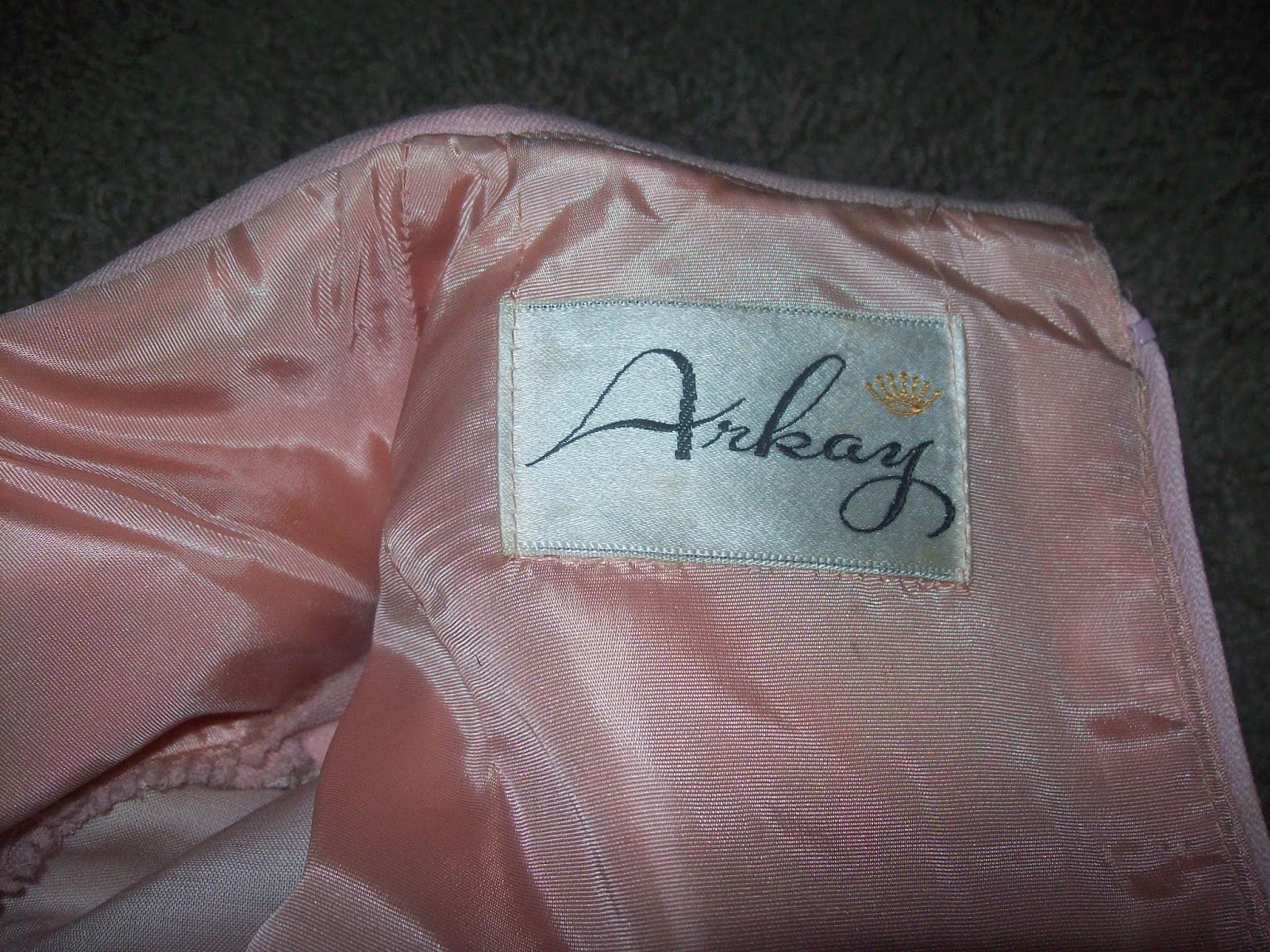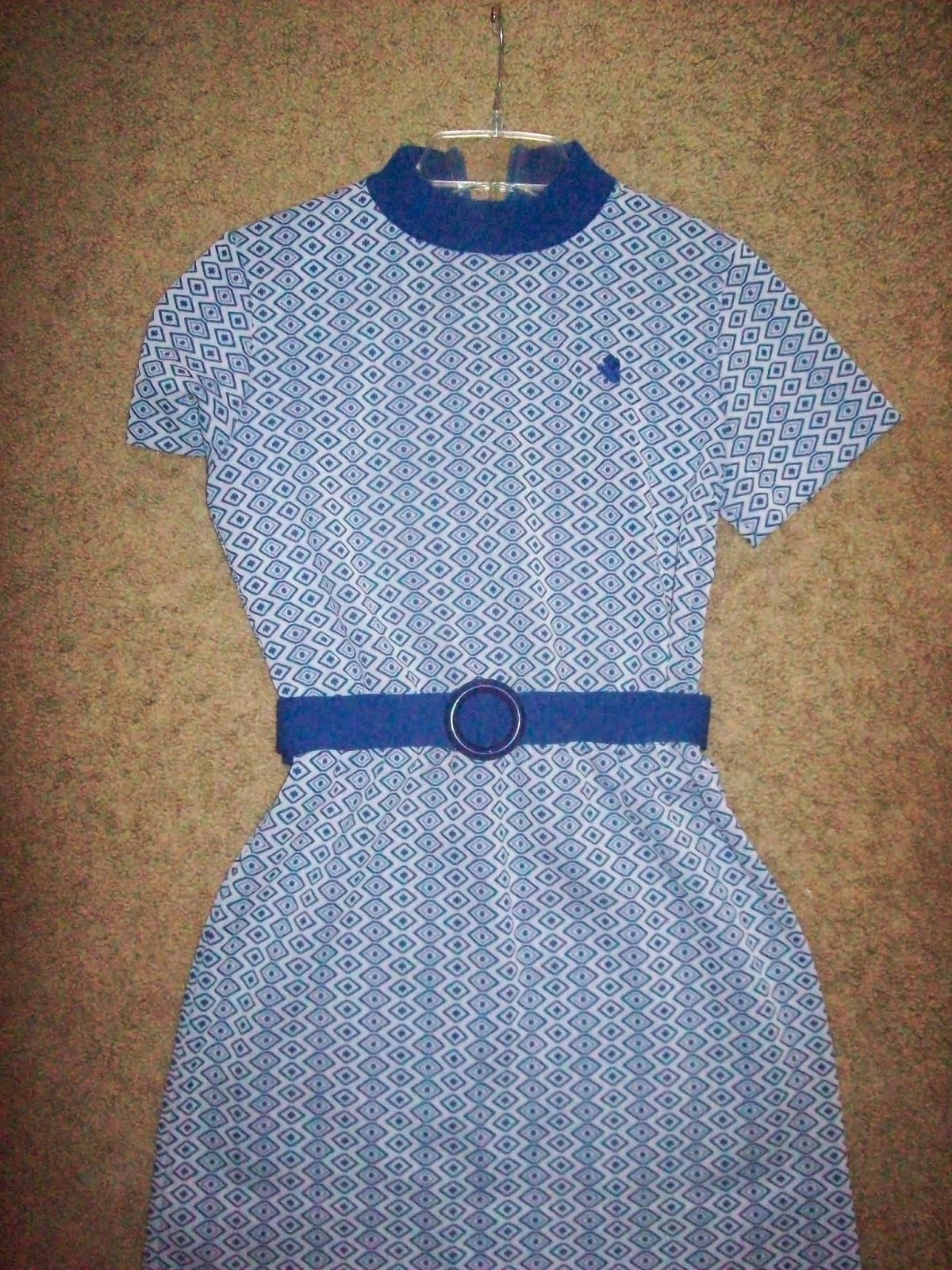This topic has been discussed to death in the vintage community but I feel the need to write yet another post about dating vintage. I've been trying to learn all I can about vintage clothing and since I mainly collect dresses those are going to be the examples in this post.
Some people think garments get the vintage seal of approval after 20 years and some people think 30. I'm going to stick with 30. The 1990s should not be considered vintage yet, I don't want to think I'm that old.
Being able to identify what decade a garment comes from is a good skill to have. I've gone into thrift stores, this usually only works in locally owned shops, where the seller is trying to pass off an 80s dress as authentic 40s and it's possible to negotiate a discount. Once I was in a store and the owner tried to sell me a cute polyester mini dress that screamed mid to late 60s, the owner was thoroughly convinced it was from the 50s. Sometimes mislabeling a garment seriously changes the price so it's essential for the vintage connoisseur to have a keen eye.
It's nice when you have a vintage piece that you know the history of. My Mommom gave me this 1950s gold dress 3 years ago and she told me that it was from the 50s and it was one of her favorites. Since I know when it's from I'll use that as an example.
Since there is no label one would assume that it was hand made but my Mommom did not make it. A label isn't the only clue you can use.
The zipper can tell you a lot. This dress has a metal zipper down the back. Metal zippers were phased out in the mid 60s. The sleeves are also an indicator, this dress has 3/4 sleeves which was a popular style in the 50s according to the Vintage Fashion Guild
From zippers we move to labels. Remember to look for the union label when looking for vintage. My favorite dress for the summer is this floral dress. When I went to look for the union label I noticed it was from Canada and I no nothing about Canadian union labels. So I checked The Vintage Fashion Guild again and the label I have was put in use in 1968
Remember to look everywhere for the union label. Modern clothes have all the tags in the same spot. Vintage garments may have tags in many different spots. This pink wool dress appeared to only have one label, but when I looked inside near the bottom of the dress I found the union label.
Fabric is another good clue for dating vintage. When you think 70s you think polyester, right? I have tons of vintage polyester, my closet is a fire hazard. This Bobbie Brooks dress dates from the late 60s to the very early 70s. It can't be from after 1971 since tags had to have garment care instructions from then on.
I hope this has been informative. I'm still learning how to be an expert when it comes to dating vintage clothing, I'm sorry there was only dresses in the post but that is the majority of my collection. If anyone has anything to add or any corrections I'd love to hear them.









No comments:
Post a Comment